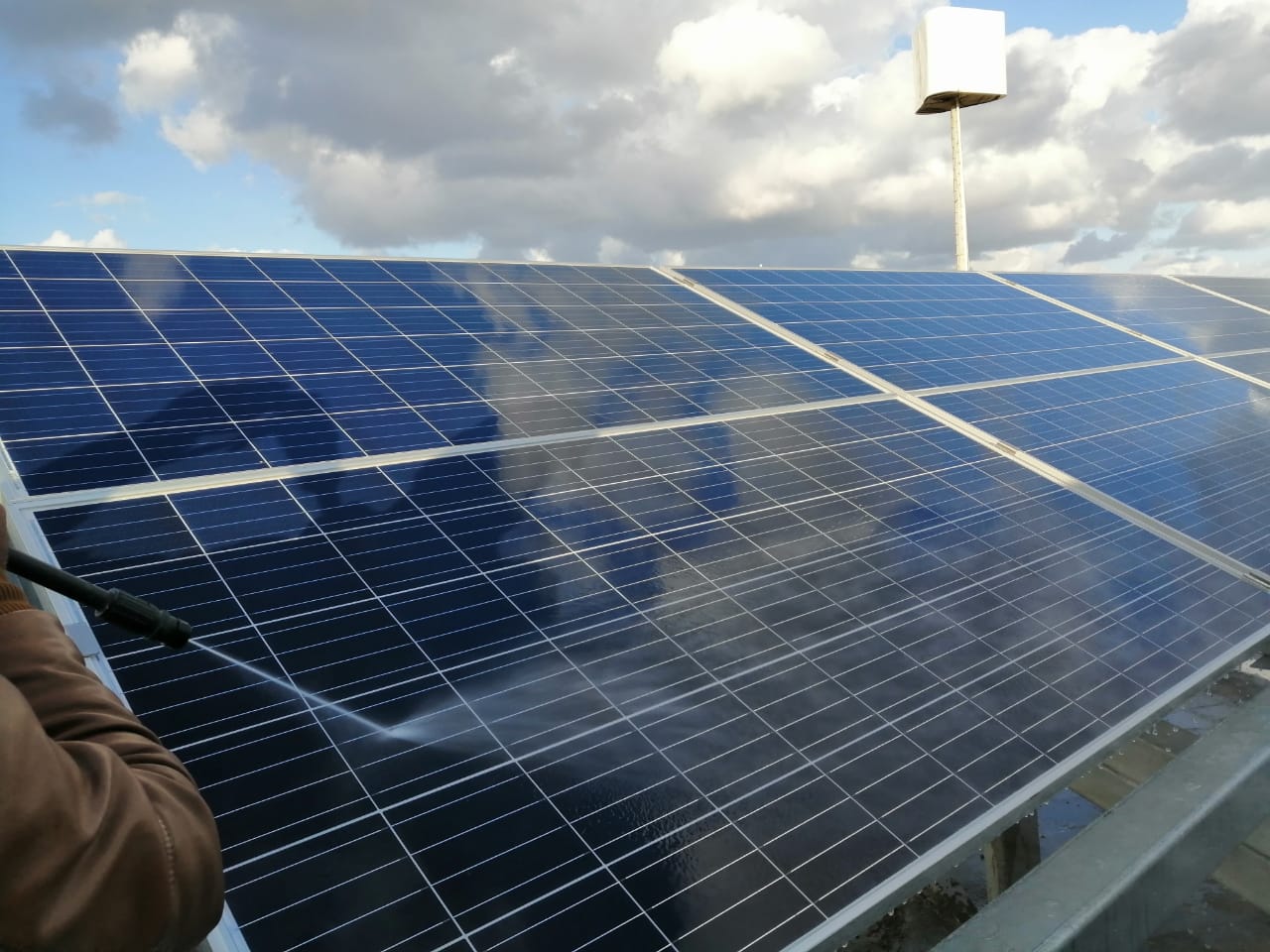- Home
- Technology Solutions
- Market Applications
- Services
- Engineering, Procurement & Contraction (EPC)
- Solar Projects Development (include feasibility studies)
- Construction & Projects Management
- Independent Power Production (IPP) (include investment)
- Investment & Financing
- Operation & Maintenance (O&M)
- Measurement
- Industrial Roof
- Independent Power Production (IPP) (include investment)
- Projects
- About Us
- News
- Celebration of the national day of Switzerland
- Interview on Al-Hadath Satellite Channel
- Reward from Emisal
- Schlumberger 0.5 MWp Car Shade Testing & Commissioning
- Sky News Report
- Swiss Ambassador's Residence Website
- Hadith Al Saa’a: the crisis of investment in renewable energy between investors and the government
- Installation at Kandil Steel Kama II
- Solar Expo & Forum Exhibition
- The Solar Show MENA 2020
- Careers
- Contact Us
Electricity Storage
2018 should be an even more important milestone for energy storage, as policymakers encourage electricity system operators to include storage in their integrated planning. Regulators will also need to clarify the market rules around energy storage, to allow utilities and other storage operators to “stack” ancillary services on top of storage, as the California Public Utilities Commission (CPUC) recently did.
Energy storage will affect the entire electricity value chain as it replaces peaking plans, alters future transmission and distribution (T&D) investments, reduces intermittency of renewables, restructures power markets and helps to digitize the electricity ecosystem. For utilities, battery storage will become an integral tool for managing peak loads, regulating voltage and frequency, ensuring reliability from renewable generation, and creating a more flexible transmission and distribution system. For their customers, storage can be a tool for reducing costs related to peak energy demand.
Driving all of this opportunity is the decreasing cost of battery storage, a factor largely of the rapid increase in their development and manufacture of batteries for electric vehicles. Research by Bain & Company estimates that by 2025 large-scale battery storage could be cost competitive with peaking plants—and that is based only on cost, without any of the added value we expect companies and utilities to generate from storage. In some markets, renewables combined with battery storage already cost less than coal generation.
Utilities and their large commercial customers are also looking at ways to create more value around their investments in storage, to make deployments more feasible. It’s these stacked services that the CPUC recently addressed in a set of clarifying rules meant to deal with the ambiguity around battery storage. In addition to using batteries to store electricity during periods of low demand and then releasing those stored electrons during peak periods to shave peak loads, stored electricity can provide services like voltage and frequency modulation. And it can ensure greater reliability from intermittent renewable generation.
To take advantage of some of these opportunities, utilities will have to adjust their operating models. For example, as energy storage shaves peaks and flattens the load curve, utilities may forgo some investments in peaking capacity and defer investments in transmission and distribution infrastructure. Also, because energy storage can come in much smaller increments and can be mobile, the investment comes at a lower cost. In this way, storage not only becomes a tool to meet system needs but can also reduce system costs as it pushes unnecessary capacity and waste out


